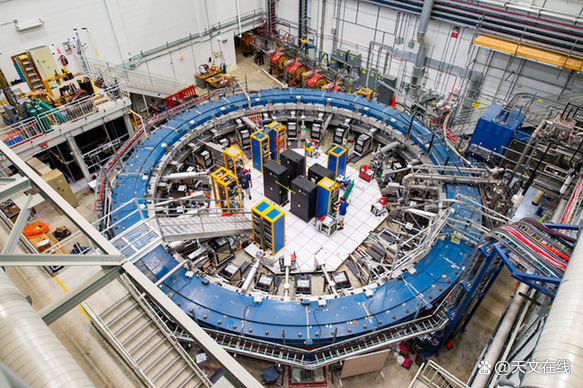
A top view of the equipment used in the g-2 experiment at Fermilab. The experiment uses a muon beamline, electronic racks and superconducting magnetic storage ring cooled to minus 450 degrees Fahrenheit (minus 267 degrees Celsius) to study the wobble of muons.(Image credit: Reidar Hahn/Fermilab)
The results from one of the most hotly-anticipated experiments in particle physics are in, and they could be about to fulfill every researcher's wildest dreams: They maybe, perhaps, could break physics as we know it.
Evidence taken from the Fermi National Accelerator Laboratory near Chicago appears to point to a miniscule subatomic particle known as the muon wobbling far more than theory predicts it should. The best explanation, according to physicists, is that the muon is being pushed about by types of matter and energy completely unknown to physics.
If the results are true, the discovery represents a breakthrough in particle physics of a kind that hasn't been seen for 50 years, when the dominant theory to explain subatomic particles was first developed. The teeny-tiny wobble of the muon — created by the interaction of its intrinsic magnetic field, or magnetic moment, with an external magnetic field — could shake the very foundations of science.
"Today is an extraordinary day, long awaited not only by us but by the whole international physics community," Graziano Venanzoni, co-spokesperson of the Muon g-2 experiment and physicist at the Italian National Institute for Nuclear Physics, said in a statement.
Sometimes known as "fat electrons," muons are similar to their more widely-known cousins but are 200 times heavier and radioactively unstable — decaying in mere millionths of a second into electrons and tiny, ghostly, chargeless particles known as neutrinos. Muons also have a property called spin which, when combined with their charge, makes them behave as if they were tiny magnets, causing them to wobble like little gyroscopes when plopped inside a magnetic field.
But today's results, which came from an experiment in which physicists sent muons whizzing around a superconducting magnetic ring, seem to show that the muon is wobbling far more than it should be. The only explanation, the study scientists said, is the existence of particles not yet accounted for by the set of equations that explain all subatomic particles, called the Standard Model — which has remained unchanged since the mid-1970s. Those exotic particles and the associated energies, the idea goes, would be nudging and tugging at the muons inside the ring.
The Fermilab researchers are relatively confident that what they saw (the extra wobbling) was a real phenomenon and not some statistical fluke. They put a number on that confidence of "4.2 sigma," which is incredibly close to the 5 sigma threshold at which particle physicists declare a major discovery. (A 5-sigma result would suggest there's a 1 in 3.5 million chance that it happened due to chance.)
"This quantity we measure reflects the interactions of the muon with everything else in the universe. But when the theorists calculate the same quantity, using all of the known forces and particles in the Standard Model, we don't get the same answer," Renee Fatemi, a physicist at the University of Kentucky and the simulations manager for the Muon g-2 experiment, said in a statement. "This is strong evidence that the muon is sensitive to something that is not in our best theory."
However, a rival calculation made by a separate group and published Wednesday (April 7) in the journal Nature could rob the wobble of its significance. According to this team's calculations, which give a much larger value to the most uncertain term in the equation that predicts the muon's rocking motion, the experimental results are totally in line with predictions. Twenty years of particle chasing could have all been for nothing.
"If our calculations are correct and the new measurements do not change the story, it appears that we don't need any new physics to explain the muon's magnetic moment — it follows the rules of the Standard Model," Zoltan Fodor, a professor of physics at Penn State and a leader of the research team that published the Nature paper, said in a statement.
But Fodor added that, given that his group's prediction relied upon a totally different calculation with very different assumptions, their results were far from being a done deal. "Our finding means that there is a tension between the previous theoretical results and our new ones. This discrepancy should be understood," he said. "In addition, the new experimental results might be close to old ones or closer to the previous theoretical calculations. We have many years of excitement ahead of us."
In essence, physicists won't be able to conclusively say if brand-new particles are tugging on their muons until they can agree exactly how the 17 existing Standard Model particles interact with muons too. Until one theory wins out, physics is left teetering in the balance.
一个微小的、晃动的μ子撼动了粒子物理学的核心
文章作者是本杰明•特纳,出版于2021年4月8日
但这不是故事的结局。

这是费米实验室中g-2实验用到的设备俯视图。该实验使用μ子的粒子束、电子机架和零下450华氏度(零下267摄氏度)的超导磁存储环来研究μ子的晃动。
(图源:雷达尔·哈恩/费米实验室)
粒子物理学中最值得期待的一项实验结果已经公布,让每一位研究人员得以实现他们最伟大的梦想。实验结果很有可能会打破我们已知的物理学。
从芝加哥附近的费米国家加速器实验室中得到的证据似乎指出,一种被称为μ子的微小亚原子粒子的摆动幅度比理论预测的要大得多。据物理学家所说,对此最好的解释是μ子的摆动是由物理学中全然未知的各种物质和能量所导致的。
如果结果属实,那么这项发现是自解释亚原子粒子的主导理论首次创立以来的50年里,在粒子物理学中一项前所未有的突破。μ子微小的波动是由其内在磁场中的相互作用所导致的,或者是由外在磁场的磁矩所导致的,这可能动摇科学的基础。
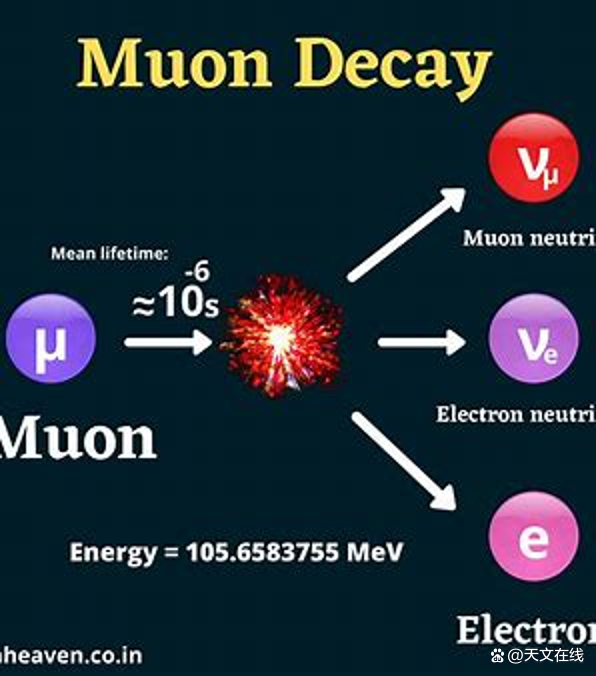
μ子 g-2实验的联合发言人、意大利国家核物理研究所的物理学家Graziano Venanzoni在一份声明中说:“今天是意义非凡的一天,为了这一天的到来,不仅我们等待已久,整个国际物理界都等待已久。”
μ子有时候被称为“胖电子”,虽然与更广为人知的同类介子相似,其重量却是它们的两百倍,而且放射性不稳定——在百万分之一秒内就会衰变成电子和微小的、幽灵般的无电荷粒子,即中微子。μ子同样也有一个叫做自旋的特性,当它们与电荷相结合时,会使它们表现得就像微小的磁铁,当它们在磁场中被击中时,会像小型陀螺仪一样旋转。
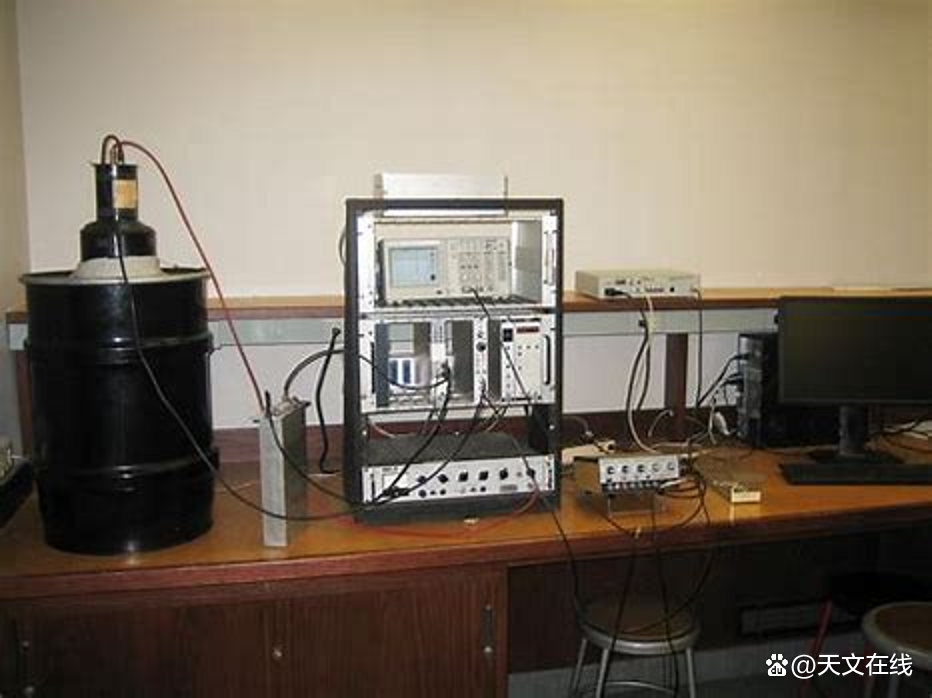
但是如今,物理学家让μ子围绕超导磁环旋转的这一项实验结果似乎表明:μ子的晃动程度远远超过它应有的程度。实验研究的科学家表示,对这个现象的唯一解释是:存在一些未被一组称之为“标准模型”的方程式所解释的粒子。自20世纪70年代中期以来,标准模型一直没有变化过。这个解释说明,这些奇异的粒子和与其相关的能量,会对环内的μ子产生推拉作用。
费米实验室的研究人员相当自信,认为他们看到的μ子额外的晃动是一个真实的现象而不是侥幸得到的统计结果。他们在“4.2sigma”的可信度上增加了一个数字,非常接近粒子物理学家宣布的重大发现“5sigma”。(一个“5sigma”的结果将表明这发生的概率是三百五十万分之一)
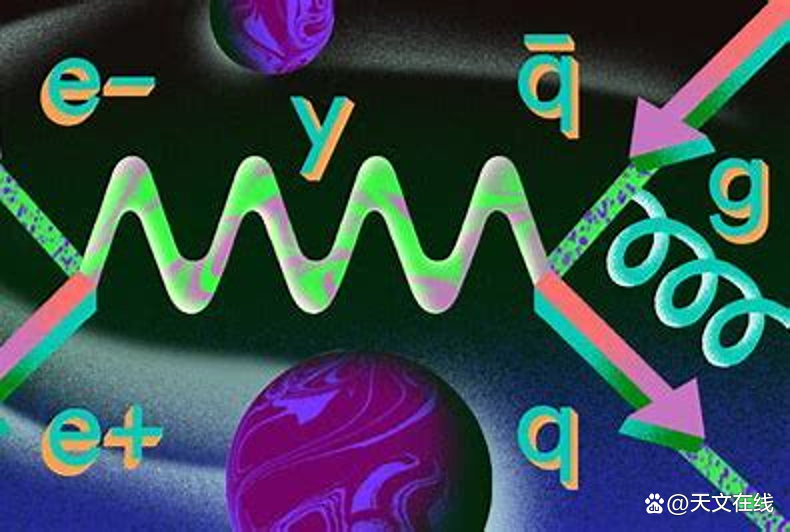
肯塔基大学的物理学家、μ子g-2实验的模拟经理Renee Fatemi在一份声明中说:“我们测量的这个量反映了μ子与宇宙中其它一切物质的相互作用。但是当理论家们用标准模型中所有已知的力和粒子来计算相同的量时,我们得到的答案并不一样。这有力地证明了μ子对我们最佳理论中不存在的东西很敏感。”
然而,另一个竞争团队的测量结果于周三(4月7日)发布在《自然》期刊上,这可能会改变μ子晃动的意义。该团队的计算给预测μ子晃动运动公式中的最不确定项赋予了一个大得多的值,实验结果和预测完全一致。这说明过去十二年的粒子探索之路上的努力可能全部付诸东流。
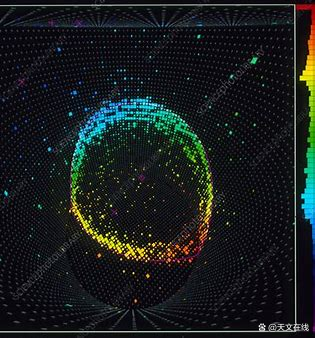
宾夕法尼亚州立大学物理学教授、在《自然》杂志上发表论文的研究团队负责人Zoltan Fodor在一份声明中说:“如果我们的计算是正确的而新的测量数据不会改变什么,那么我们不需要任何新的物理学来解释μ子的磁矩是否遵循了标准模型的规则。”
但是Fodor还表示,如果他的团队的预测是依赖于不同假设下的不同计算,那么他们的实验结果是远远不能确定的。他说:“这个发现意味着先前的理论结果和我们现在得出的结果之间有矛盾,这个矛盾是可以理解的。另外,新的实验结果可能接近于原有的实验结果或者更接近于原有的理论计算。激动人心的时刻还在后头等着我们呢,研究之路任重而道远。”
实际上,只有物理学家们就17种现有的标准模型粒子与μ子的相互作用达成确切一致时,才能得出结论,证明有全新的粒子在影响着μ子的运动。除非有一种理论胜出,否则物理学会摇摆不定而失去平衡。
BY:Ben Turner
FY:Katrina
如有相关内容侵权,请在作品发布后联系作者删除
转载还请取得授权,并注意保持完整性和注明出处
| 留言与评论(共有 0 条评论) “” |